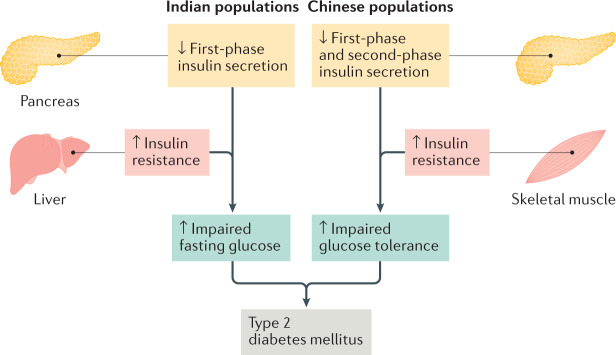Fig. 2. Distinctive pathways of T2DM development commonly observed among Indian and Chinese populations.
This conceptualization is based on the epidemiological patterns of impaired fasting glucose (IFG) versus impaired glucose tolerance (IGT) prevalence observed in India and China, the known pancreatic β-cell defects associated with IFG and IGT and evidence from single-ethnic and multi-ethnic studies. In Indian populations, β-cell dysfunction often causes reduced first-phase insulin secretion. In the presence of increased insulin resistance, especially hepatic insulin resistance, Indian people have an increased risk of developing IFG, which might ultimately lead to type 2 diabetes mellitus (T2DM). In Chinese populations, β-cell dysfunction might predispose to globally impaired insulin secretion (reduced first-phase and second-phase insulin secretion). In the presence of insulin resistance, especially skeletal muscle insulin resistance, Chinese people have an increased risk of developing IGT, which might lead to T2DM. Hepatic insulin resistance and adiposity can be more severe in Indian people than in Chinese people, thus exacerbating insulin deficiency and causing relatively early (before age 40 years) and increased incidence of T2DM. Given the heterogeneous nature of T2DM pathogenesis, these features sometimes intersect within or vary between Indian and Chinese individuals.

